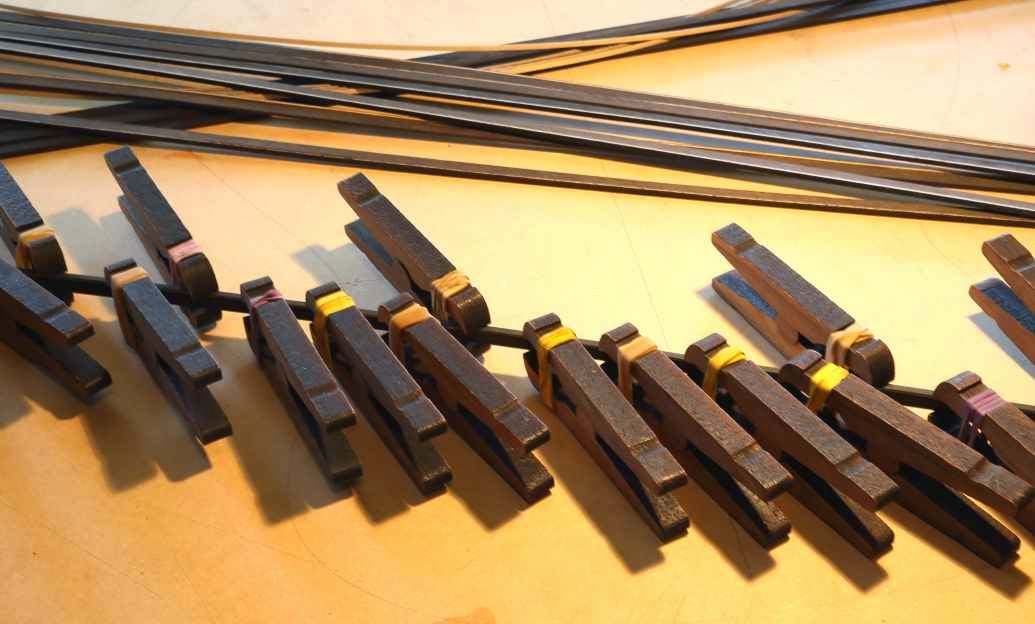Living in Australia as I do, I have little exposure to the work of other guitar builders, and I sometimes feel I'm working in a vacuum, with very few opportunities to compare my own instruments with those of other builders. In fact, here on the west coast, I'm isolated even by Australian standards.
Practice makes perfect where fit and finish are concerned, and even without access to the work of other builders, I find it's easy to critically evaluate my own workmanship, identify areas where there's scope for improvement, and develop a strategy to address shortcomings. Personally, however, I find that making progress on the all-important tonal considerations is as easy as wading through mud.

Part the problem, perhaps, is that there's no universally understood vocabulary when it comes to describing tone and, even if there were, correlating the complex properties of tone with the physical characteristics of the guitar's structure is problematic given that the individual elements behave as a single entity once the parts become a whole. The best I've been able to achieve is to slowly develop the courage to lighten my soundboard bracing.as much as I dare, in the hope that all will be miraculously revealed in a flash of inspiration. I'm still waiting.
So, fellow builders, what's the path to tonal nirvana? How do you evaluate your instruments' tone, how do you describe it, and what steps are you taking with a view to making better sounding instruments? And what does that even mean, given that we all hear things differently?
Cheers
Pete


















